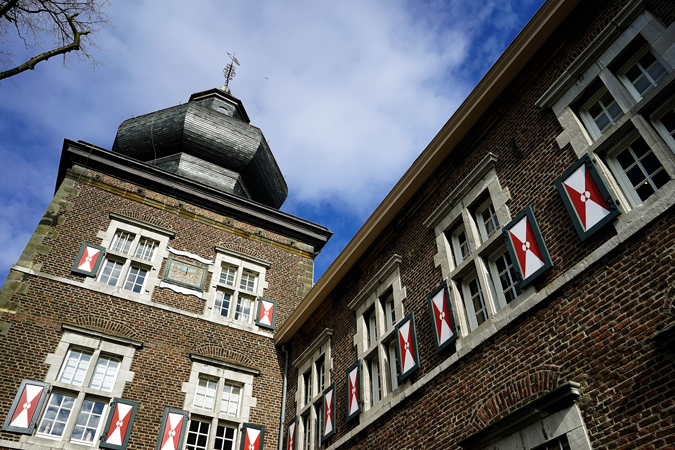Have any questions?
+44 1234 567 890
Eurode Housing Project
Another out-of-the-ordinary Eurode project can trace its origins back to the late eighties/early nineties. At the time, it was quite common for German families to move to Kerkrade on account of the more attractively priced housing in the Netherlands. In the wake of German reunification and the ensuing squeeze on the housing market in the west of Germany, the flow of German ‘emigrants’ reached such proportions that the housing market in Kerkrade came under enormous pressure. What’s more, a lot of German families relocated without any express intention on their part of integrating into the local community in Kerkrade. Put succinctly, these incomers kept all their social contacts in Germany, simply using Kerkrade as a dormitory town. This had a major social and cultural impact on those neighbourhoods in Kerkrade where the majority of these newcomers settled and provided an impetus for a study to be set up investigating the cross-border housing market. One of the study’s recommendations, namely that Kerkrade should impose measures to mitigate the flow of German immigrants, was not acted upon. In a Europe with open borders – and certainly in such a European community as Eurode – this could hardly be expected.
One solution that Kerkrade and Herzogenrath came up was as much European as it was original. This involved the construction of relatively cheaper Dutch single-family dwellings on German soil. After a careful scrutiny of all the building regulations, a housing development was eventually realised in Herzogenrath by a Dutch house-building contractor, where dwellings were modelled on the basis of Dutch construction standards. Because this circumvented a number of German regulations, special dispensation had to be given by the German authorities. What was also remarkable was that this initial development -in Merkstein – was implemented under the auspices of the building inspectorate in Kerkrade. This Eurode housing development was quickly expanded and a “Dutch neighbourhood”, consisting of around 150 dwellings was created in Merkstein, part of the town of Herzogenrath. After the project had received a visit from the German federal housing minister, Klaus Töpfer, in the company of a federal housing commission, building permission was granted throughout Germany for this type of “Dutch” housing. Such developments followed in many towns and cities throughout Germany.
Partly on the basis of the fact that property prices in the Netherlands mushroomed after 2000, a reverse effect is now taking place. More and more Dutch residents are now leaving Dutch settlements in the region close to the border and moving to (semi-rural) neighbourhoods on the German side. There are even reports from the Selfkant region (in Germany) that 90% of new property is being snapped up by Dutch incomers. This is clear evidence that Europe is taking advantage of the chances and opportunities in these cross-border regions.












